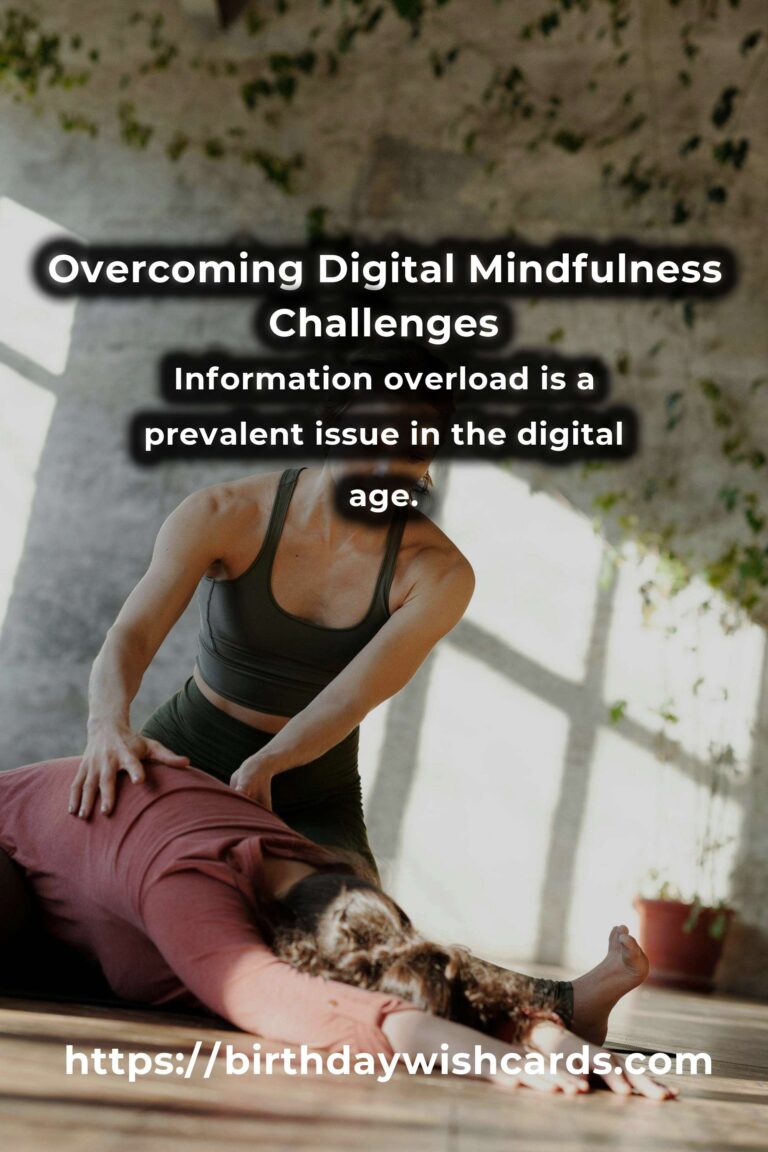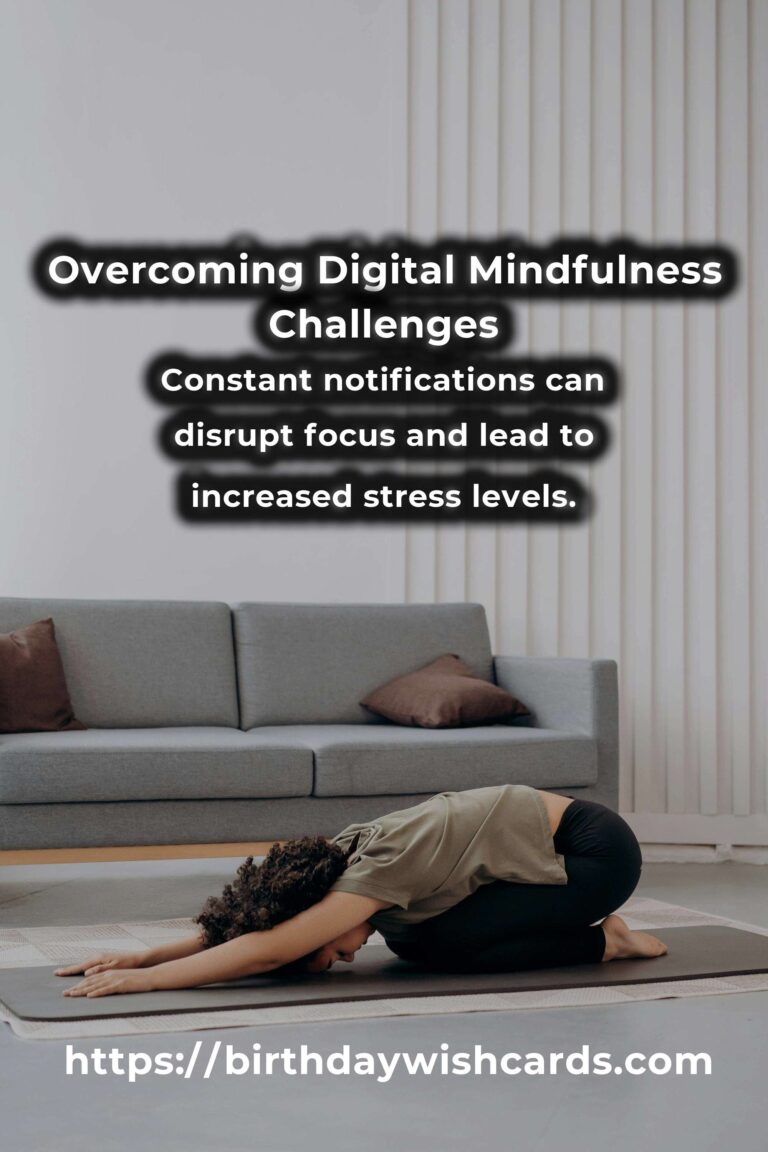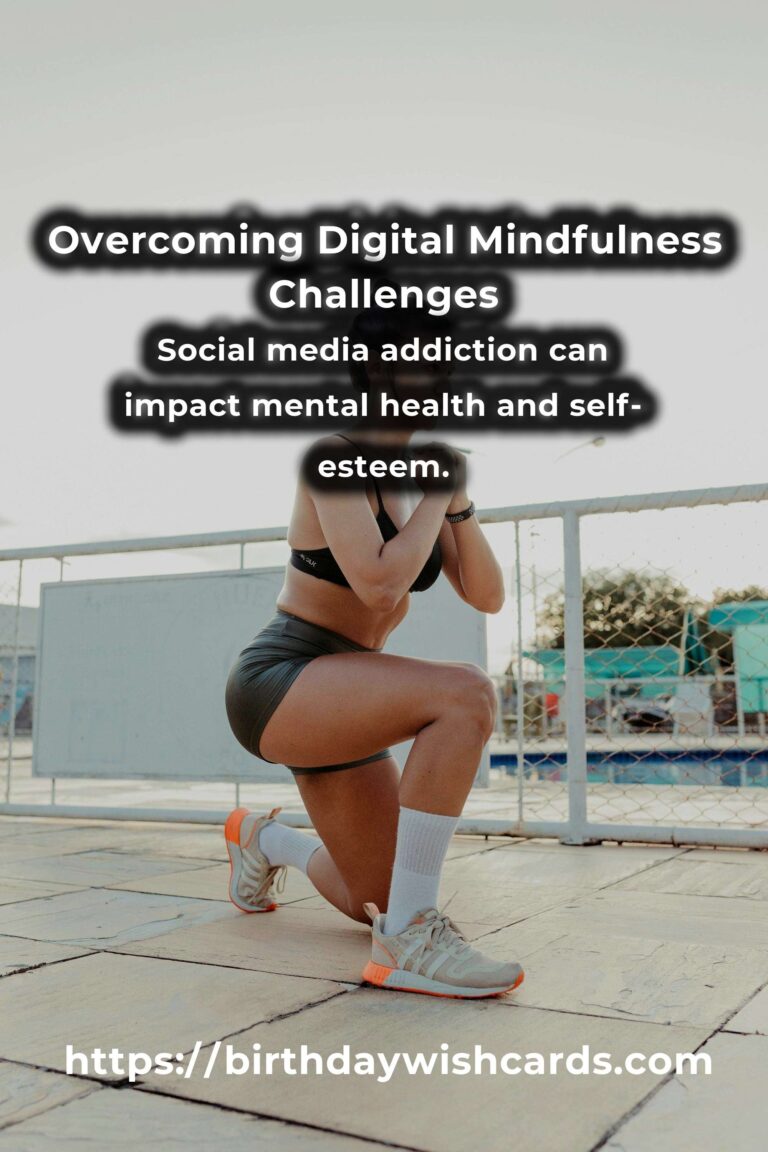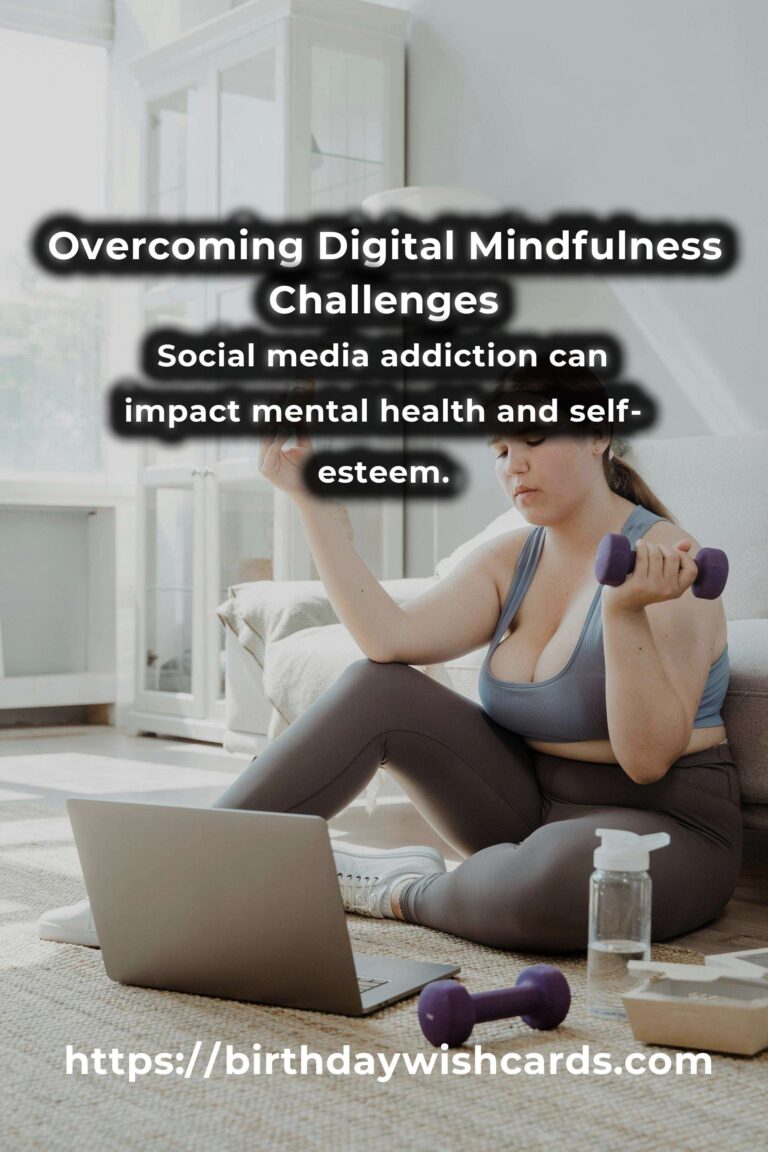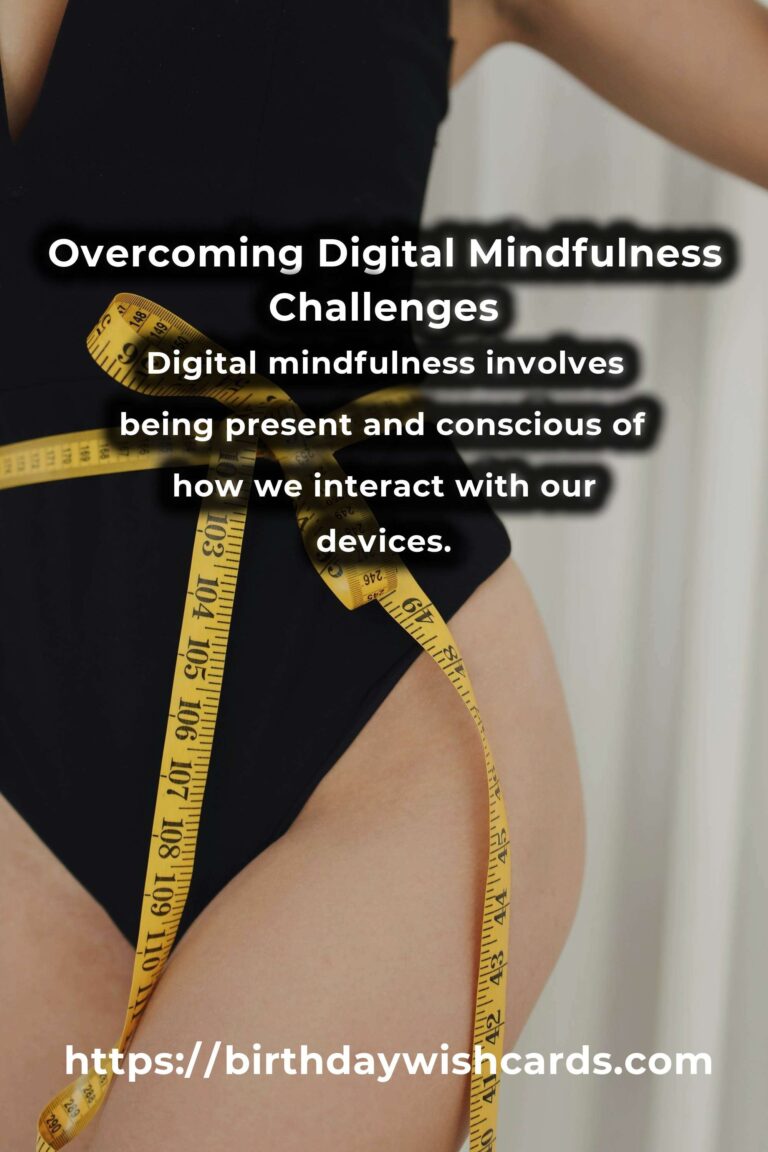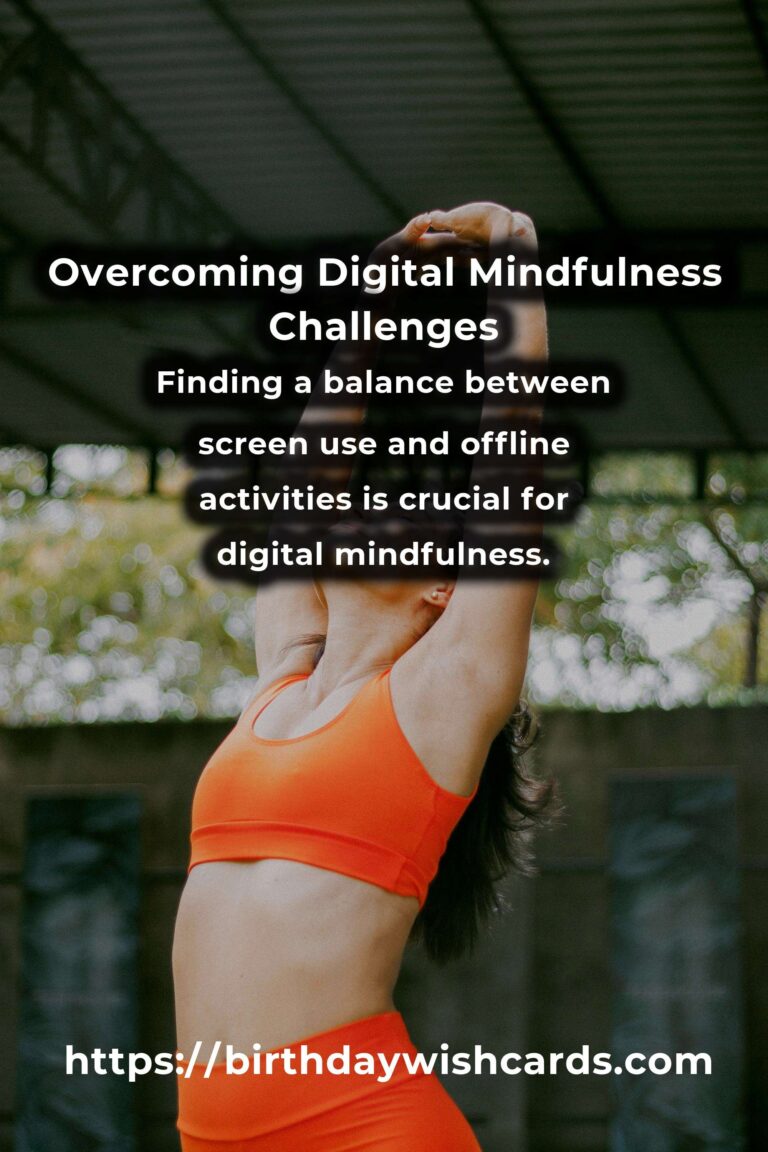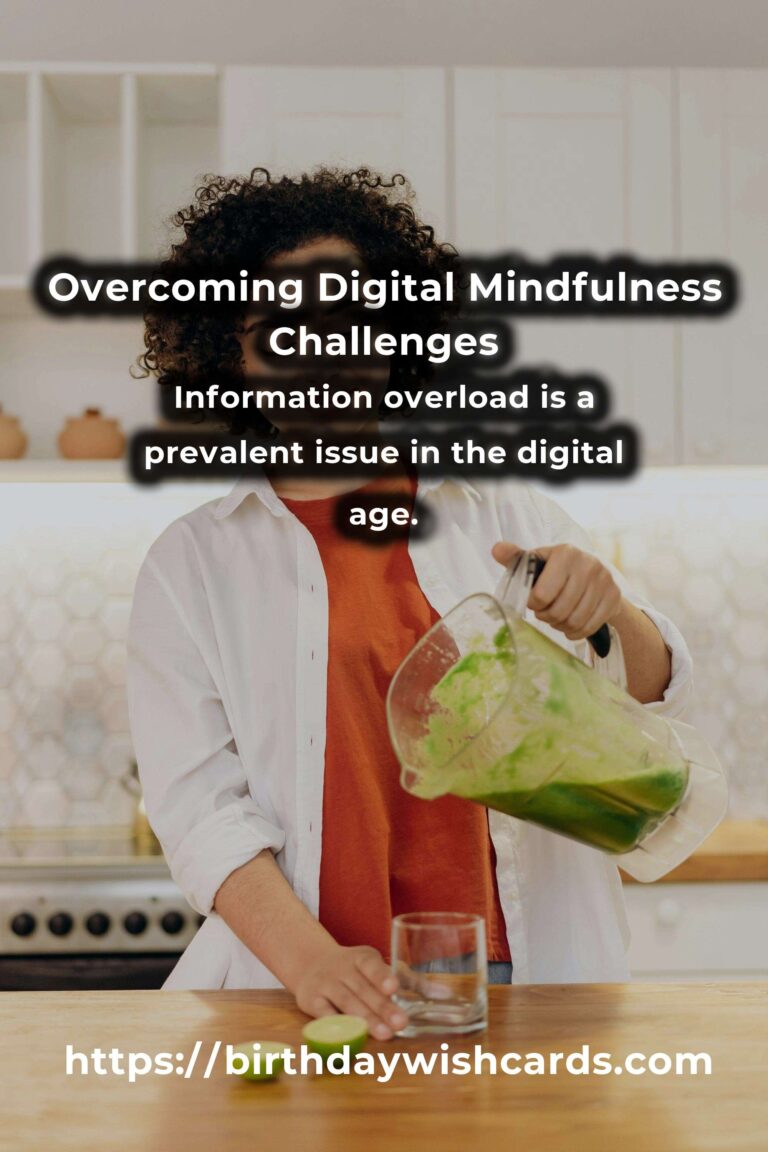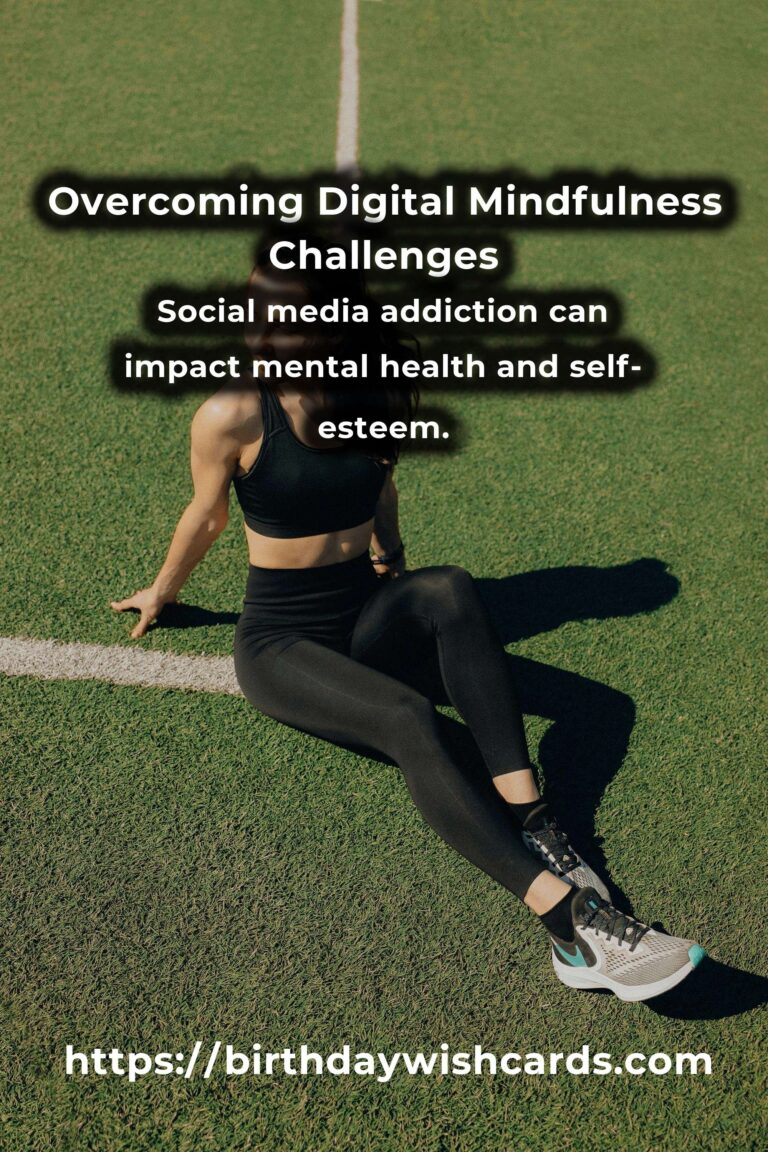
In today’s fast-paced digital world, mindfulness has become more crucial than ever. The constant barrage of notifications, emails, and social media updates can make it challenging to stay focused and maintain mental well-being. This article explores common digital mindfulness problems and provides practical solutions to help you cultivate a more mindful digital experience.
Understanding Digital Mindfulness
Digital mindfulness refers to the awareness and intentional use of digital technologies in a way that enhances well-being and productivity. It involves being present and conscious of how we interact with our devices, minimizing distractions, and fostering a balanced relationship with technology.
Common Digital Mindfulness Problems
1. Information Overload
One of the most prevalent issues in the digital age is information overload. With an endless stream of data available at our fingertips, it’s easy to feel overwhelmed and unable to process all the information.
2. Constant Notifications
Notifications are designed to grab our attention, but they can disrupt focus and lead to increased stress levels. The constant pinging can make it difficult to concentrate on tasks and maintain productivity.
3. Social Media Addiction
While social media keeps us connected, it can also lead to addiction. The endless scrolling and comparison with others’ lives can impact mental health and self-esteem.
4. Screen Time Management
Excessive screen time can affect sleep patterns, physical health, and interpersonal relationships. Finding a balance between screen use and offline activities is crucial for digital mindfulness.
Practical Solutions for Digital Mindfulness Problems
1. Set Boundaries for Information Consumption
Limit the amount of information you consume daily by setting specific times for checking emails and social media. Use apps that block distracting websites during focus periods.
2. Manage Notifications Effectively
Customize notification settings to prioritize important alerts and silence non-essential ones. Consider using ‘Do Not Disturb’ modes during work or relaxation times.
3. Cultivate a Healthy Relationship with Social Media
Set time limits for social media use and unfollow accounts that negatively impact your mood. Engage in activities that promote real-world connections.
4. Monitor and Reduce Screen Time
Track your screen time using apps and set daily limits. Incorporate regular breaks to rest your eyes and engage in physical activities to maintain overall well-being.
Conclusion
Digital mindfulness is about creating a harmonious relationship with technology. By addressing common digital mindfulness problems and implementing practical solutions, you can enhance your mental and emotional well-being in the digital age. Start taking small steps today to cultivate a more mindful and balanced digital life.
Digital mindfulness involves being present and conscious of how we interact with our devices. Information overload is a prevalent issue in the digital age. Constant notifications can disrupt focus and lead to increased stress levels. Social media addiction can impact mental health and self-esteem. Finding a balance between screen use and offline activities is crucial for digital mindfulness.
#DigitalMindfulness #MindfulTech #DigitalWellbeing #InformationOverload #ScreenTime



